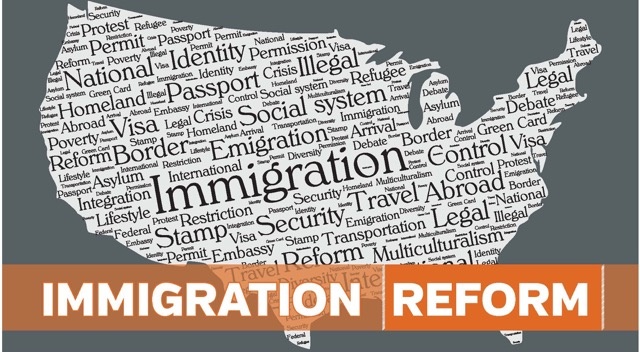Disruption is the new norm. The speed of change and fluidity across the technology landscape has companies placing big bets on analytics, cybersecurity, block chain, artificial intelligence and cloud. But there is an obstacle. The c-suite cites the skills shortage as the number-one barrier to adopting the new technologies.

At the same time, digital transformation and the versatility of these technologies are creating pressure on the workforce to keep pace, exacerbating the skills and capabilities gaps that organizations are experiencing. Legal and regulatory mandates, changes to risk profiles and immigration reform create additional complications for companies as they re-evaluate their workforce strategy, global delivery models and talent acquisition channels.
One tactic they had been widely leveraging to offset the talent and skills shortages was use of foreign workers. But the new administration and its discussion of immigration reform is shifting companies’ risk lens on global landed resources. Below is a brief synopsis on immigration reform and its implications for talent strategists.
Immigration Reform
What’s happening? In April, President Trump signed an executive order directing U.S. agencies to propose rules to prevent immigration fraud and abuse in the H1-B visa program. The changes outlined in the order could take years to carry out. Companies are assessing the risk associated with contracting/hiring tech workers with the visas.
About the H1-B visa program. Through the H-1B program, the government admits 85,000 foreign workers each year into the U.S. to primarily work in technology-related positions. There are some 600,000 to 900,000 immigrants in the U.S on H-1B visas. Note that visa applications fell for the first time since 2013 to 236,000 for FY2017 and to 199,000 for FY2018.
Workforce Implication. Going forward, as companies re-evaluate their workforce strategy, global delivery and talent acquisition models, Genesis10 suggests they consider taking these steps:
- Increase visibility on the recognized shortage of skilled technology professionals in the U.S.
- Reduce use of H1-B’s while adjusting workforce mix and sending foreign nationals to return to their native country
- Re-evaluate talent acquisition strategy to identify alternatives talent channels to gain access to requisite skills
- Complete an analysis of current contingent workforce to understand degree of global landed risk and if within acceptable organizational parameters
- Companies will need to increase training and professional development capabilities
- Evaluate use of the gig economy to hire independent contractors as another tactic to shore up capability and skill gaps as well as to keep labor costs low since independent contractors do not require benefits
Genesis10 Founder and CEO recently shared his thoughts in on this topic. Please see: CEO Harley Lippman Writes Washington Times Op Ed on Bringing Technology Jobs Back to the U.S.
To continue the discussion and learn more about how we can help you solve your workforce challenges, engage with Genesis10 today.















